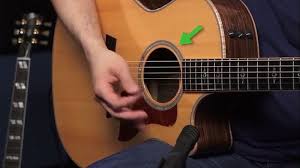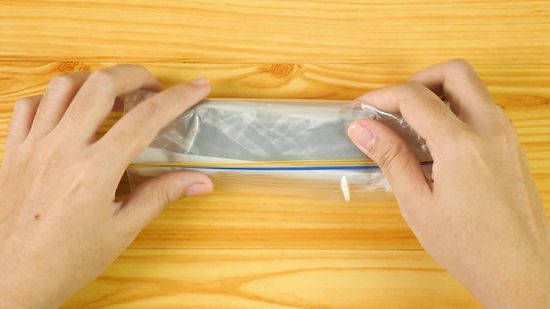How to Make a Power Chord: 6 Steps

Guitar enthusiasts worldwide recognize the impact of power chords in modern music. These simple yet powerful chords have become synonymous with high-energy rock and punk genres, making them vital for any aspiring guitarist. In this article, we will cover how to make a power chord in six easy steps.
Step 1: Know your guitar
Understanding the fundamentals of your guitar is crucial before attempting to play power chords. Familiarize yourself with the strings and frets, as you will need to navigate both to execute power chords accurately.
Step 2: Understand the concept
A power chord is a two- or three-note chord with a root note, its fifth interval, and sometimes an octave above the root note. Due to their simplicity, these chords can quickly add energy and depth to any song.
Step 3: Choose your root note
Select your desired root note. This note determines the name of the power chord. For instance, if you choose the C on the low E (6th) string’s third fret as your root, you are playing a C power chord.
Step 4: Place your fingers on the fretboard
Begin by placing your index finger on the root note. Next, use either your ring finger or pinky finger to press down on the fifth interval. In our example, this means placing one of those two fingers on the A (5th) string’s fifth fret.
Step 5: Strumming technique
To play a power chord, only strum the strings you’re holding down – in our example above, this would mean plucking only the E (6th) and A (5th) strings. Mute any other strings with your strumming hand or use your fretting fingers to avoid unnecessary noise.
Step 6: Change chords and practice
Once you’ve successfully played a power chord, try moving up and down the fretboard to create different chords. This technique will gradually improve your finger dexterity, making it easier to perform power chords in various positions.
In conclusion, mastering power chords is an invaluable skill for any guitarist. They may seem simple, but their impact on modern music is undeniable. With persistence and practice, you’ll soon be incorporating these powerful chords into your own musical creations.






